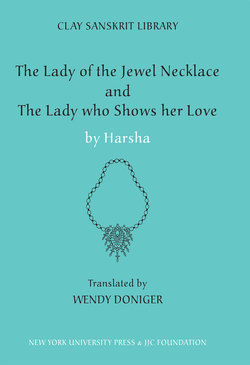Читать книгу The Lady of the Jewel Necklace & The Lady who Shows her Love - Harsha - Страница 49
На сайте Литреса книга снята с продажи.
Оглавлениеtranslation of ‘The Lady of the Jewel Necklace,’ in 1858. This is how Clinton Seely tells the story:
The first of these English translations, along with the Bangla version from which he did the translation, served as the impetus for Datta to begin his own career as a playwright and poet in Bangla. The incident concerning how Datta came to pen his very first piece of literature in Bangla—the Bangla original of his play “Sermista”—is related by Bysack [Gour Dass Bysack, Dutt’s best friend at Hindoo College] in his essay of reminiscences. He had taken Datta to a rehearsal of Ramnarayan Tarkaratna’s Bangla rendition of Ratnavali, the drama originally composed in Sanskrit by Harshavardhana (606–647 ce). Tarkaratna, an accomplished Sanskrit scholar and also one of the earliest playwrights in Bangla, had translated the Sanskrit drama into Bangla. Tarkaratna’s Bangla play was to be performed on the stage of the short-lived but highly influential Belgachia Theatre, a theater founded and supported by the brothers Pratap Chandra and Isvar Chandra Singh. As was the custom at the time, the local British elite would be invited to attend, and for their sake an English translation needed to be prepared. Bysack had persuaded the Singhs, who were known as the rajas of Paikpara, to engage Datta to do the translation, for Datta, Bysack well knew, was a master craftsman with the English language. After attending the first rehearsal and even before he had embarked upon the translation, Datta, according to Bysack, said to him, “What a pity the rajas should have ________
